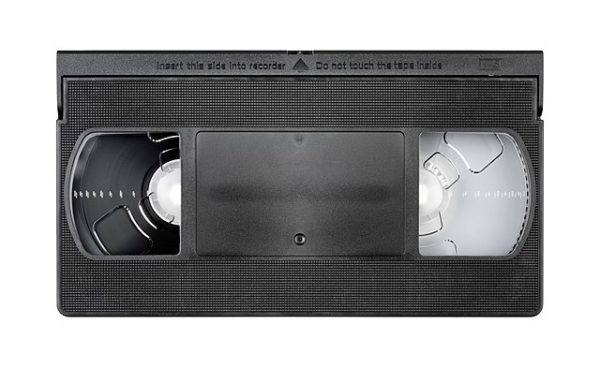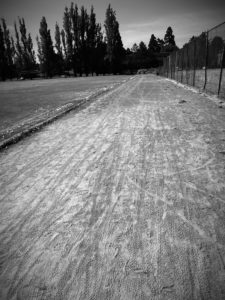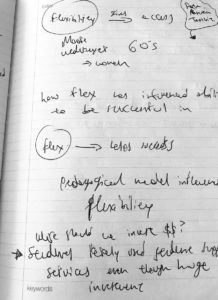For the most part, the early morning is my favorite time of the day. I like having a cup of coffee or tea, running, reading, writing, and just pretty much doing anything at 6am, than at 10am. This is not a productivity tip. You do what works for you.
What would have worked better for my productivity this morning was to have waited until later in the day to read Donald Clark’s predictions of AI radically transforming instructional design* jobs and replacing instructional designers (“adapt or die” he says). I don’t disagree with everything that he writes. We agree that in a largely interdisciplinary and complex endeavor as online learning designers need to make sense of AI/machine learning/etc, and developers need to make sense of how learning works. We also agree that most of online learning offerings could be amazing, but are often unexciting. And I really like some of his writing, such as his critique of the hole in the wall experiments.
That’s not where the problem lies. The problem is within this snippet:
AI is here. Few argue that is will change the very nature of employment and therefore it will change what you learn, how you learn and even why you learn. We are, at last, emerging from a 30 year paradigm of media production and multiple choice questions, in largely flat and unintelligent learning experiences, towards smart, intelligent online learning, that behaves more like a good teacher, where you are taught as an individual with a personalised experience, challenged and, rather than endlessly choosing from lists, engage in effortful learning, using dialogue, even voice. As a Learning designer, Interactive designer, project Manager, Producer, whatever, this is the most exciting thing to have happened in the last 30 years of learning. Make the leap!
The talk about AI “behav[ing] more like a good teacher” offering “typical cost reductions of 85-90%” is incompatible with the claims that AI isn’t aiming to replace teachers or designers (a claim that Clark also makes in 2016 here, even though he later notes that the time may not be 2018, but soon). If you develop software to do the job that a designer does, you are, to a degree, working toward substituting people with software. There may very well be good reasons to do that, but don’t call upon designers to “adapt or die.” The message sounds more like this: We have developed software to change the functions of your job and we want you to develop a different skill set. If you don’t, we’ll replace you.
We haven’t yet reached the point where an independent AI decided to take on the job of the instructional designer.
I work with instructional designers, and train them. Are there parts of their job that would be better automated? Yes. But here’s the issue: That sort of work is not really instructional design work. That sort of work rarely involves the conceptualization and design of empowering, equitable, engaging, and rich learning environments. If Clark’s notion of the work that the instructional designer does envisions a person who enters text into pre-determined templates, and does similar work, then we aren’t talking about the same professional
Finally, I agree with Clark that it’s prime time for instructional design to undergo a process of transformation. Not for the reason Clark sees (AI), but because instructional designers are now, more than ever, necessary to support the design and development of rich and equitable learning environments. To do so, they need to be empowered more, not relayed to conduct the work that machines could do more efficiently. The preparation of instructional designers needs re-envisioning to support this goal, and that requires not only an understanding of technical phenomena (similar to what Clark calls for), but also a truly critical engagement with what ID is and what it should do. To that end, I am increasingly turning to feminist practices, which is a topic that probably deserves it’s own post.
Now, I’m going to go back to enjoying my coffee.
* Clark calls it learning design, I call it instructional design. The nomenclature varies between the UK (where he is) and North America (where I am), even if there are more similarities than differences between what learning and instructional designers to. For the purposes of this post, the differences are insignificant.








